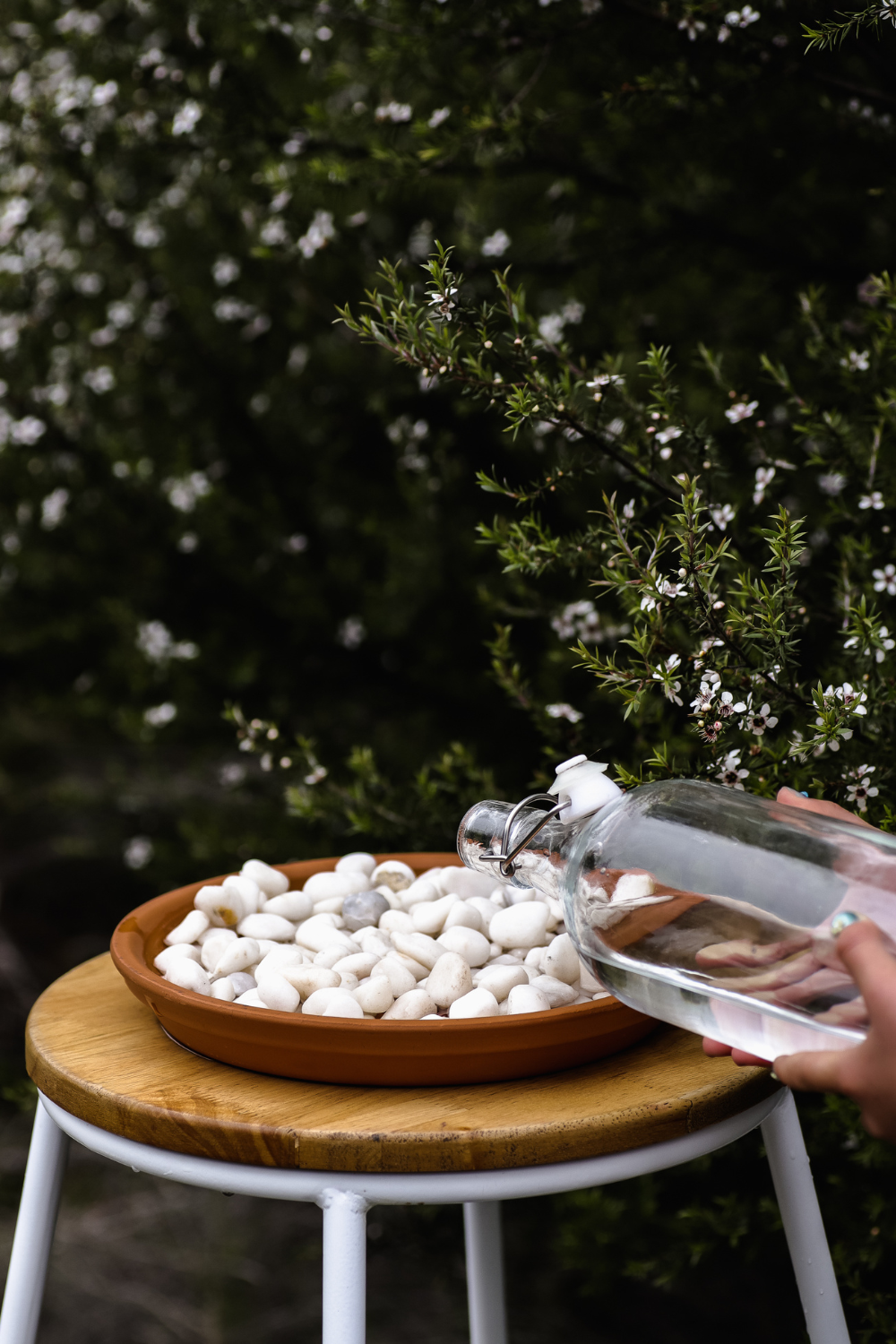
With Summer is well and truly here, our favourite pollinator friends are out in force - and there's one simple thing you can do to help them out - give them a drink.
Today we're looking at a fun activity you can do with your tamariki and that's building a Bee Water Station.
Bees get thirsty, just like us and they need a source of water to stay healthy and safe. Bees not only drink they water, they also use it for:
-
Air conditioning - During hot days, bees will spread a thin film of water over the baby bee cells. The water will evaporate, cooling the hive.
-
Feeding baby bees - Nurse bees feed baby bees a diet of water, pollen, nectar, and royal jelly. This can be up to 80% water on the first day!
-
Diluting honey - Bees eat their own honey. Sometimes, the honey will crystallize or get too thick. When this happens, bees use water to dilute the honey and make it drinkable again.
I know you're probably thinking, surely bees can find their own source of water like a river or pond?
They certainly can, however a lot of hives aren't close to a natural source of clean water, and they often end up looking for water elsewhere like in a swimming pool or a ditch. These sources of water often contain chlorine, pesticides, or other harmful chemicals.

Bee watering stations can really help our buzzy little friends, and they're super quick and easy to set up, and you can use items you probably already have around your home.
Firstly you need a shallow dish, this can be a terracotta plant tray, or maybe a plate or glass baking dish from your kitchen cupboard that you don't use.

Next you'll need something that that will sit above the water level that gives the bees somewhere safe to land, as bees can't swim! Things like some smooth stones or pebbles, or even some shells you've collected from the beach.
Simple place your stones in your shallow dish, and then place somewhere in your garden, maybe near some flowers you know they visit, and simply fill up with water.

Even though bees have five eyes, they still rely largely on scent so having water with a slight scent is more likely to attract bees. (This is why bees are often drawn to saltwater pools.) Bees seem to prefer water that’s a little bit dirty and has some plant growth, so don't worry if it takes a little while for them to find your water.
You can also add a small amount of lemongrass oil or salt to your bee waterer to help your bees locate it. Once bees find your source of water, wait a few days and you can stop adding the attractant.

One thing you shouldn't add is sugar or honey. While beekeepers occasionally feed bees sugar water, anything sweet in your water station will attract ants. So just regular tap water will be perfectly fine.
The key is to offer water for bees without the risk of drowning. If your water source is deep, simply add corks, sticks, or anything else that floats to give bees somewhere to perch.
Will you give this activity a go? Don't forget tot head on over to our Instagram to see a reel of how we made ours and to see all our other recipes and craft ideas.

If you liked this craft activity you might like these

Spring Propagation with Manuka Honey

